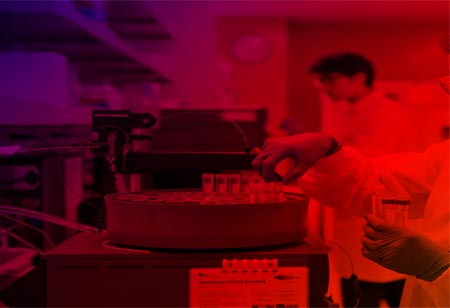A cross-industry viewpoint still indicates that the industry still has space for improvement.
FREMONT, CA: They determine the significance of strong shopping capabilities, but few have changed the function into a source of real tactical benefit. Digital and analytics can support this.
In the latest years, chemical companies have labored hard to reconsider their procurement operations. Many have initiated large-scale procurement modifications to make spending more evident, extend their operations and people's abilities, and develop category techniques for their enormous spending areas. Those actions have reduced costs greatly.
A cross-industry viewpoint still indicates that the industry still has space for improvement.
Shopping costs are comparable to 50 to 70% of sales revenue for chemical companies, so it is the largest contributor to functioning gainfulness. Lowering overall spending by 6 to 12% is a realistic target, according to what we have followed in our recent operation in the industry. These savings can increase earnings before interest and tax (EBIT) by 3-8% points.
To achieve the next stage in procurement execution, chemical companies should peek at the methods of top players in major industries, like the automotive industry. These companies already had a powerful foundation, comprising strong category techniques, good bargaining skills, and well-trained practices that internal requisitioners observe closely. In the last few years, these leaders have raised this kind of conventional "analog" procurement eminence with a closely chosen and united set of technology-allowed solutions.
This vanguard of digital procurement is bettering performance in three basic ways:
1. It provides companies with better details by employing developed analytics and the ability of big data.
2. It makes feasible and more practical collaboration between suppliers, internal customers, and business partners.
3. It simplifies procedures with new workflow systems and the shape of automation, particularly in transactional and strategic procurement movements.
Data Analytics
New digital tools are transforming the ability of companies to aggregate, organize, and analyze complex data so purchasing teams can identify opportunities more quickly and make smarter decisions at every stage of the procurement process. Consider two important examples: spending analytics and price forecasting.
Expenditure analytics
Standard business intelligence tools are good at removing and studying details from enterprise-resource-planning (ERP) systems but can need an understanding of database structure and specialist programming skills. Also, not all procurement data are easy or well organized: major details may be distributed across different formats, from spreadsheets and provided documents to paper records. However, today's spending analytics tools are developed to handle the moves buying professionals find most thwarting. They can remove and combine data from different sources and then utilize machine-learning algorithms to cleanse, classify, and improve the data.

